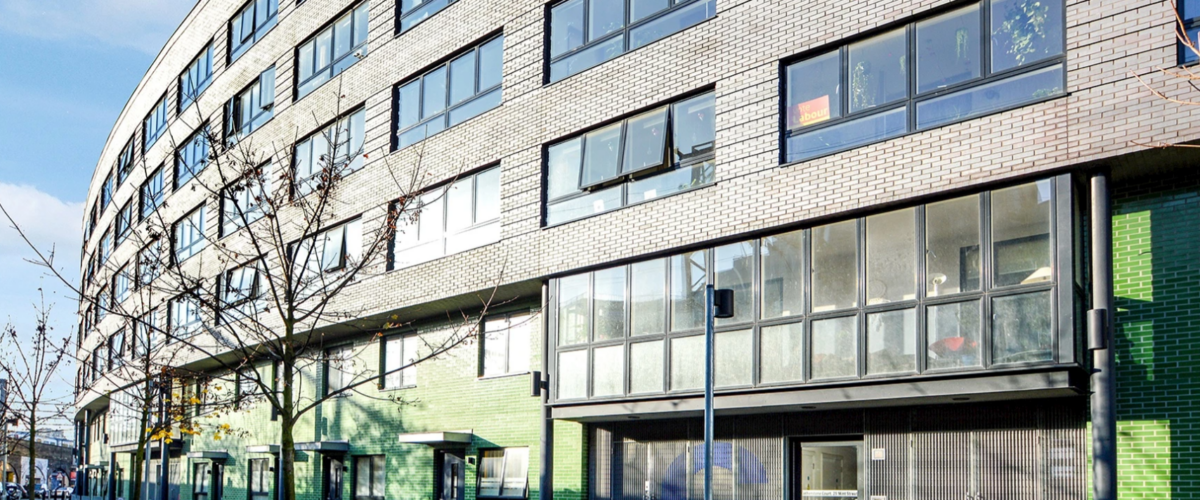With property prices for first time buyers increasing 69% over the past 10 years[1] and an average deposit of £47,059 needed it is no surprise that shared ownership is thought to be a good option for first time buyers.
The part-rent part-buy properties are mainly developed by housing associations as “low cost home ownership” and so can qualify as the affordable housing needed to secure planning for new developments.
But does it really represent good value for money for the purchaser and the wider public?
There is a lot to love in shared ownership if you are fed up with paying rent to a buy to let landlord. You don’t have to have keep paying out management fees, deposits and all the other costs associated with renting. You also benefit from rising house prices.
With shared ownership only have to save for a 5% the deposit on the proportion of the property value that you are buying – if you are buying 25% of a £400,000 property the minimum deposit is £5,000. If you buy in the open market you need a £40,000 deposit for a property of the same value because mortgage lenders require a 10% deposit.
The downside is that you are responsible any repairs and maintenance – your shower breaks down; you must pay the plumber. Even if you only own 25% of the property, you’re responsible for 100% of the cost of new doors to meet changing fire regulations.
It can be expensive buying additional shares in the property, especially if you repeatedly buy small shares. If you want to buy any part of the remaining portion there will be legal, valuation, stamp duty land tax and mortgage fees to pay. If house prices are rising you will be paying more for property as the cost is based on current market value, not the price you originally bought it for.
Another drawback is that most shared ownership is on leasehold flats so that on top of the rent, owners must pay service charges and ground rent. Nor can shared ownership residents exercise the “right to manage”, so you will be stuck with your managing agent even if they are useless.
But the main problem is down to the so-called new build premium – a term used to describe the fact that most new build properties cost more than otherwise similar homes. In 2019 Zoopla found that on average a new build was £65,000 more than a similar older home in the same location. It is tempting to buy a property that has a dishwasher in the fitted kitchen, and a 10-year guarantee against major property defects. But is it worth £65,000?
All the aspirational property TV programmes focus on the “potential” in buildings – essentially buying something run down, making improvements with new kitchens and bathrooms, and creating additional value. So why is shared ownership restricted to properties which have no room for improvement, and where the main beneficiaries appear to be large scale builders who get their planning permission for large blocks through low cost home ownership and not true social, affordable housing?
The first two homes I owned were wrecks, cheaper than new builds and I was able to put in central heating, double glazing, and new kitchens over time. Just the sort of properties that are snapped up by buy to let portfolio landlords today. Why can’t subsidies be directed to people who are happy to take on a project and use local builders to make improvements rather than hand profit directly to the large-scale building developers?
In England there have been some co-operative shared ownership schemes, but these have mainly been based on a new development rather than benefit from the lower prices in the second-hand market. A number of housing associations work with disability charities to provide adapted housing through the government-backed HOLD (housing for people with long term disabilities) scheme in England.
Qualifying people can buy any home for sale on a shared ownership basis (part-rent/part-buy) and this model works well for people who have received compensation for an accident and qualify for long term disability benefits.
To assist people to buy their first home I think there needs to be a second-hand market option, backed by a housing association to manage the rental element and ensure the finances are in order. We don’t have to look far for a model – based in Belfast the Co-Ownership Housing Association[2] is enabling first time buyers to part-rent and part-buy in the second-hand housing market across Northern Ireland.
Since 1978 more than 29,000 people have been assisted to buy their first home and currently 9,000 people are currently co-owners. A 50% own/50% rent is cheaper than private renting and normally no deposit is needed. The home owner is able to choose the property they want to part-rent part-buy in the open market and, subject to valuation the housing association will buy 50% of the property and charge rent based on 2.5% of the value of the rented portion.
This will require a new way of thinking for housing associations and there will need to be some seed funding but rental incomes and purchases of additional portions of the property should make the scheme sustainable in the long term. If we want sustainable communities, we need to have a variety of tenures and affordable homes, and shared ownership can help achieve that.
[1] Halifax House Price Index September 2020
[2] www.co-ownership.org

